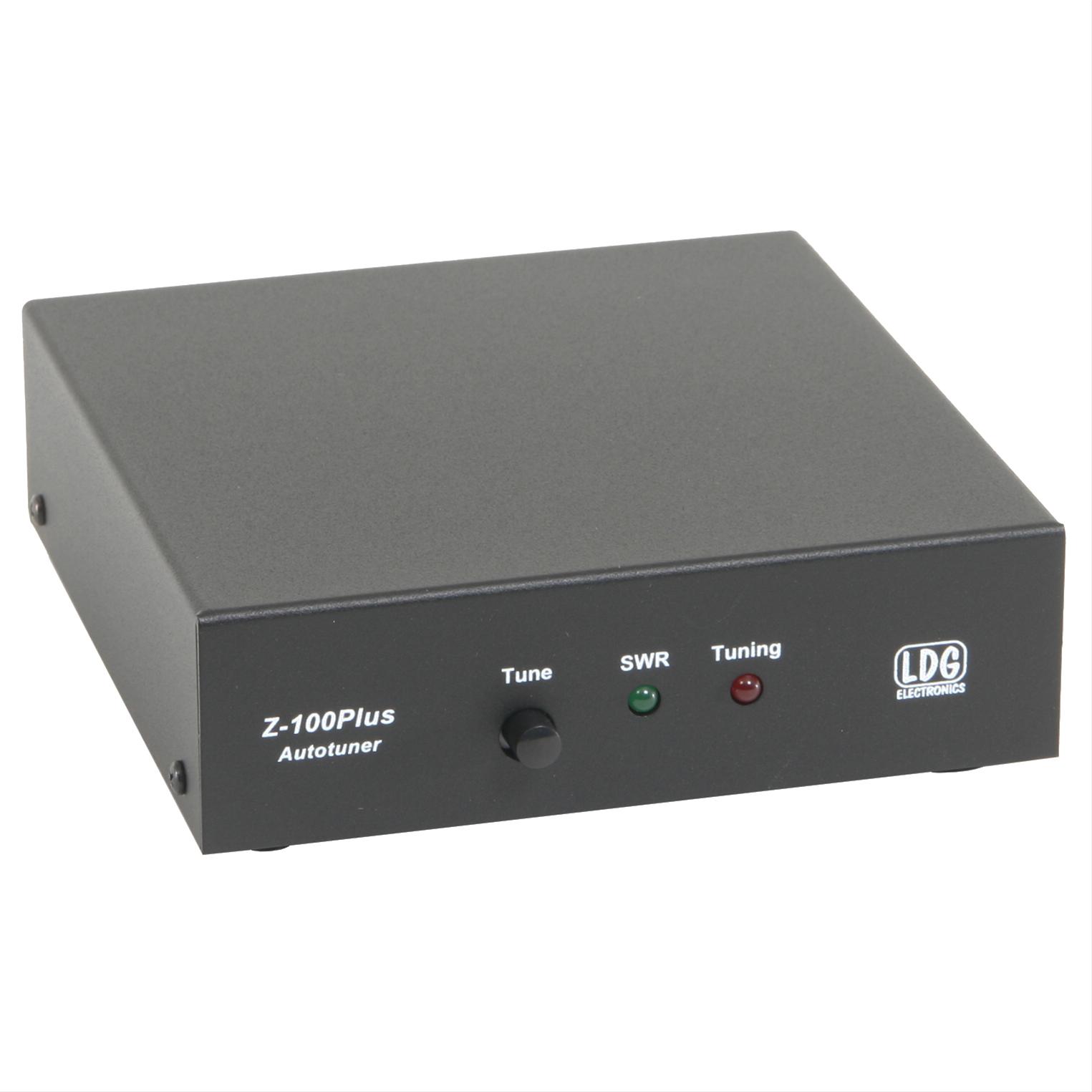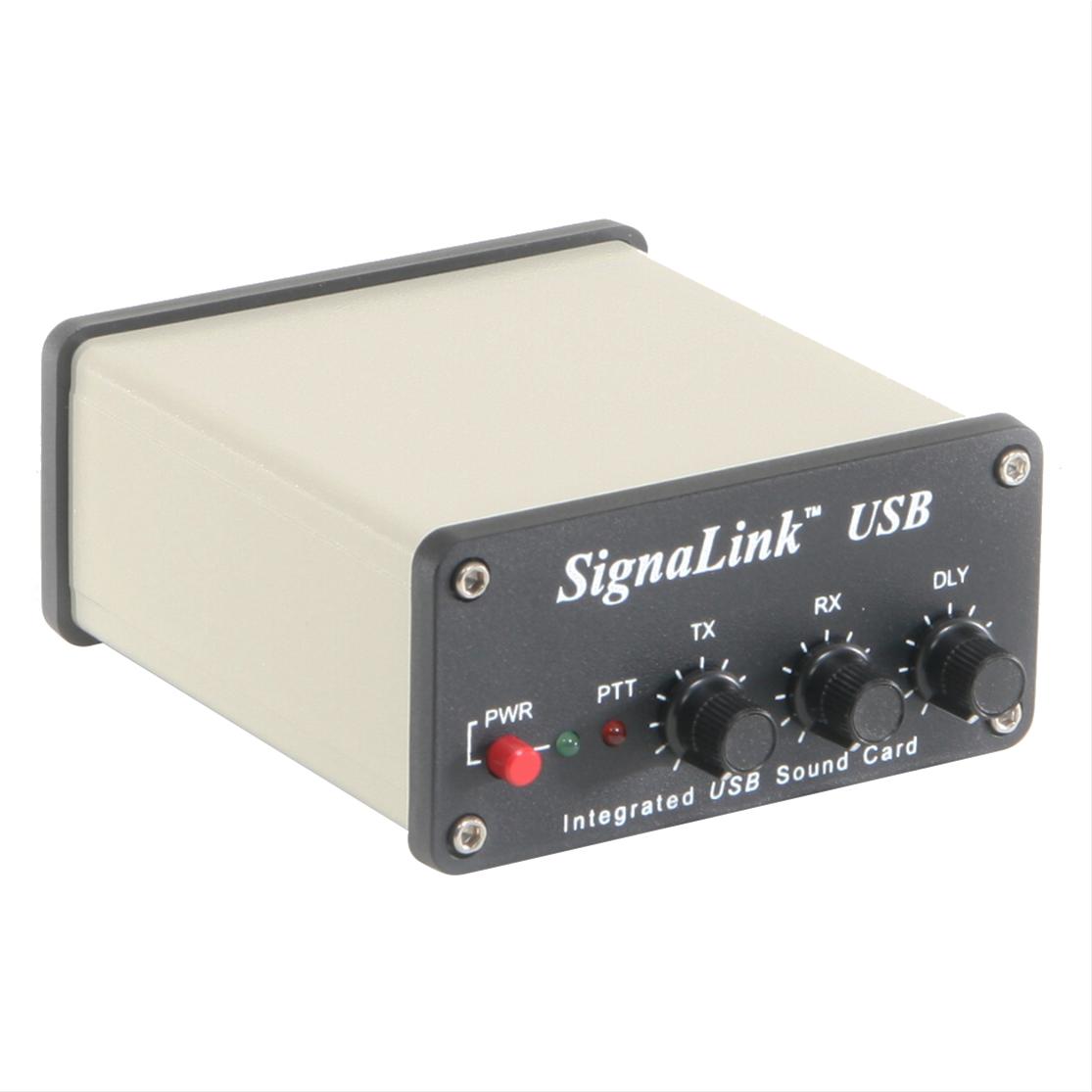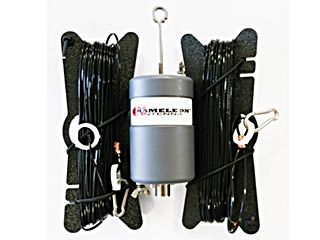Well, it's been a while, hasn't it? I guess I'd better start posting again about my latest adventures...
Recently, I've been considering doing one of many projects. I had the option to build my own travel trailer, give a complete makeover to my car, or pursue my hobby of amateur radio further. All the pursuits above have one thing in common: cost.
With that in mind, I settled to invest in my hobby.
***Side note: at the time that I write this, I have not ordered anything yet, but I will in the next few days. Here's why I decided to invest in ham radio.***
At the beginning of this summer, I got a burr up my butt to do something VERY dangerous which I won't say aloud for the sake of staying on topic. Now that I look at it, it was a real stupid idea. I never went through with my project and I guarantee if I did, I either wouldn't be writing this article or I would be using a speech processor to type for me. So I bummed around, thinking about what I should do. Recently, my Easy Digi setup quit working on me and I have grown sick of using a manual antenna tuner. My Pixie project was a complete failure as the VXO was super unstable and it rendered the Pixie almost useless. In addition to this, I go back to college a day from now.
It's not too late though, and after doing considerable research, I've decided to spend my money in a safe and unquestionable way - ham radio. I'll admit it, I pinch my pennies way too hard. I buy Pixies and try my best to skimp on detail so I can get my setup to work albeit working two jobs gives me an income. Here is why you should invest too:
- Ham radio is a lifelong hobby
- You get out what you put in (yes, even with QRP!)
- It's worth it in the long run
I could go on and on about why it's good to invest in your hobby, but these were the best reasons that stood out to me. With the introduction out of the way, here's what I'll be investing in.
1. QRP Rig: MFJ-93xxK "Cub"
This rig will beat ANY Pixie in performance, power output, and tuning. Although it doesn't use my preferred VXO tuning, the MFJ Cub seems that it would be worth it. Besides, who doesn't love putting together a kit? I love to solder, even though soldering sometimes doesn't love me. If you hate soldering SMD components, this kit is for you too. All SMDs are pre-soldered, meaning that you only need to solder in the through hole parts. Yes I'm young and my eyes are still good, but working with tiny things annoy me! If you'd like to add more power output, a more potent transistor modification could be subbed in for the current 2N5109.
This rig will run off of just 12VDC and can be modified for more power output, a different frequency window, etc. While this kit does have its pros, it definitely has its cons, but what radio doesn't? It operates within a certain window (about 55-60 KHz wide, can be configured for a different frequency window), it does not have a digital display so you can't see where you're operating, and the antenna uses an RCA jack, but can be separately configured to accept a BNC jack.
On eHam, this has been rated a 4.3 out of 5. The most common problems include "tombstoned" SMD components, tuning performance, or difficulty in the alignment process. Other operators just don't like MFJ for various reasons, but like I said I'm happy with my antenna tuner and it still works.
Regardless of its cons, I think that the Cub is well worth it. Plus, if you're tired of calling CQ on Morse, you can always crank out Feld Hell on fldigi using a DIY interface. More on that interface can be found here. It also works for the Pixie, but I doubt you'll have any success.
If you have a NanoVNA or other RF multitool, you're already 10 steps ahead in the tuning and alignment process. I bought a VNA about 6 months ago and I am very happy with it. That was a skimp purchase but I feel that it was a steal deal. The NanoVNA can act as an SWR measuring tool, an RF source generator, and much more. Definitely look into getting one of these if you plan on making your own antennas.
I attend Northwest Missouri State University for college, and Northwest has earned itself the title as the Missouri State Arboretum. This means that we house every tree that is found in the state, and because of that, we have a lot (almost 2,000 to be exact!). A lot of the tress are mature and strong enough to hold up a simple dipole antenna and are in perfect spots for QRP operations. Plus the weather has been nice here lately and I'd like to do some QRP ops before the weather turns sour.
2. Auto Tuner: LDG Z-100 Plus
Let's face it, we all get sick of doing things manually at some point, and tuning antennas is probably number one. Although manual tuners seem to perform better, it gets tiring having to rearrange knob configurations, settings, or having to constantly check SWR. With an auto tuner, the troubles disappear.
Many people complain about the LDG line of auto tuners, citing that they don't preserve memories or theoretically work. On eHam, ratings average a 4.5 out of 5 stars. In looking through the manual and reading specs, one could also see why the Z-100 might be a let down. It only works on digital modes up to 30W of output power, but I don't see a problem with this. My current TS-660 juices out 10W and I've gotten transatlantic FT4 contacts with ease. This really doesn't bother me.
Plus, I'm looking for a tuner that will also tune 6M. The TS-660 has not been on 6M under my ownership due to my MFJ-941D tuner. This manual tuner works only up to 10M or 30 MHz. This is a huge problem for me as I've never operated on 6M. With the Z-100, I hope that my restrictions will disappear. Besides being a standard tuner, the Z-100 will also work on QRP rigs, as it only needs 0.1W to start operating and tuning.
3. SignaLink SL-USB-8R Sound Interface
Okay, maybe I don't need this one, but right now my Easy Digi set up took a massive s**t. The FTDI chip refuses to work on my Linux system and keying my TS-660 is a laborious task for the chip. Why not just get what I should've gotten in the first place?
The best thing about this interface? It's not concrete, meaning it can be configured for any round 8-pin radio. In addition to my TS-660, I own a Yaesu FT-2200 VHF Transceiver. Output is at 50W, meaning that I could reach St. Joseph from my location easily. It uses an 8-pin just like my TS-660, but it is configured differently. There's no problem here - a simple jumper configuration will adapt the interface to fit the FT-2200.
On eHam, the SignaLink line of products rates at a 4.7 out of 5 stars. I'm not quite sure why it's not 5 stars completely since the negative reviews were from hams who shouldn't be hams. Like seriously, if you don't know the difference from Universal Serial Bus and Upper Side Band, consider letting your license lapse and take up something different. Sorry for the bluntness, but sometimes...
4. Antenna: Chameleon Antenna CHA TD LITE
Right now, I'm running an EFHW wrapped around my room that's tuned using my current tuner. It works and it's nice, but I've had no success with voice modes or any other modes besides FT4 and FT8. Kind of annoying.
This is where the Chameleon Antenna comes into play. Although I've never heard of the company, they have an excellent reputation and ratings. Their products are made right here in the USA, and sometimes their products are used by the military. Many, if not all of their products are rated 4.9 or 5 out of 5 stars on eHam! Here's why, in my opinion. These antennas are meant to be used for rapid deployment. Sometimes that even means laying it on the ground or configuring it in a sloped, inverted V. As a result, the antenna system is so well-engineered that low losses and low SWR occur, but like all antennas, a tuner is a must.
This antenna works from 1.8 - 54 MHz and measures 60', or 120' if mounted like a dipole. The system can handle up to 250 watts, which is probably more than I'll ever need. I live in a close-quartered urban area and setting up an antenna is more trouble than what it's worth. My plan is to mount it with a soffit hook (the thing weighs like 3 lbs, so...) up high, about 25 or 30 feet, and configure it in a sloped, inverted-V in the backyard. According to a Google Maps measurement, this should work fine for what I need.
I could use a dipole antenna for mobile operations which is what I'm planning on. The Chameleon will only be mounted at my house and won't be going portable, although that is what the Chameleon can be used for.
So, how much are we talking here? Given the current market prices, I'll be spending around $650. Not bad for an update right? Let's break down the cost like this.
In "Ham Radio for Dummies," (a book that I'd recommend regardless of your license and experience) there is a cost comparison chart in relation to a basic HF station, which is what I'll be running. Here it is broken down:
- Cost of rig: 50% of total budget
- Cost of antenna: 25% of the budget
- Cost of accessories (microphones, headphones, TNC/Sound modules, etc.): 15% of the budget
- Cost of cables and connectors: 10% of the budget
My TS-660 was given to me for free, but let's add its value into our equation. In 1982, my TS-660 was around $700 ($699.95 to be exact), adjusted for 2022 inflation, $2,150.00. For now, we'll set it at $700 for my rig because I don't want to spend another $2,000 for other equipment!!! If we look at the formula, I am spending about $700 in other things besides my radio. This works quite well for what I need, as it adds up to almost half of my total budget!
Using a Pixie is not bad especially if it's the only thing you have. I am not condoning its use though - there are better QRP rigs that will guarantee a QSO. A Pixie requires a half-wave dipole, which for 40m is a bit over 66'. This is not very efficient for a radio with only a dozen or so parts. You could make the Pixie work on other frequencies like 20m, but for a Pixie to work, the frequency has to be dead quiet - so quiet that there's no electrical noise present. One little bit of interference and you'll have to try harder to make a contact.
In the meantime, I'm hopeful that all will go well. If you'd like to update your own shack, consider paying the folks at Ham Radio Outlet a visit. I did a write up of my experience at the Phoenix location, but if you don't live near one, you can check them out online. They have a large array of items for a very good price. Other places to check out include DXEngineering, MFJ, and many other vendors. I'm sure you've gotten their magazines in the mail at some point right?
So what are you waiting for? What can you update or purchase to make your station more efficient and up-to-date?
As a postscript, I've just downloaded an Android app called Morse Expert. It's free and works amazing! In addition to decoding Morse, you can see the dots and dashes on a waterfall display which makes character recognition easy. The best thing about this app? It automatically recognizes Morse Code speed, so unlike fldigi, you just turn on the app and watch the magic happen!




No comments:
Post a Comment